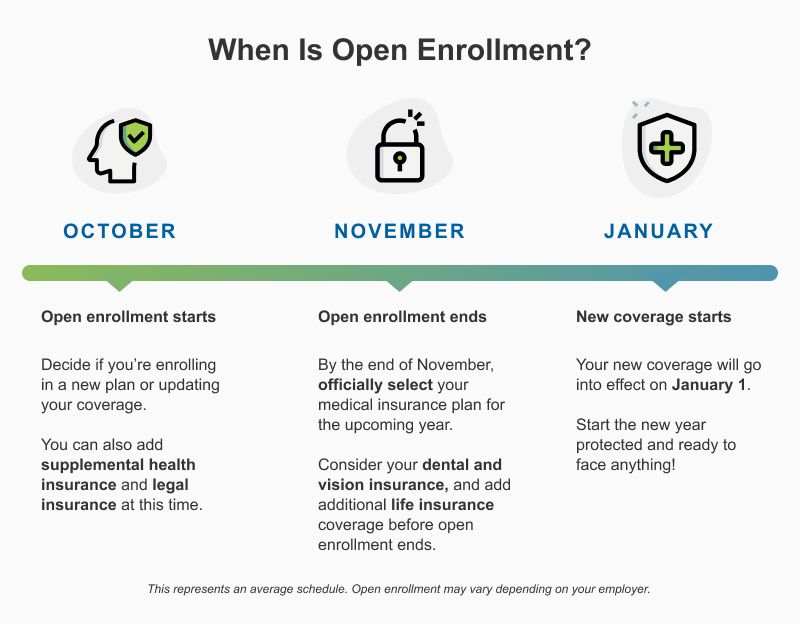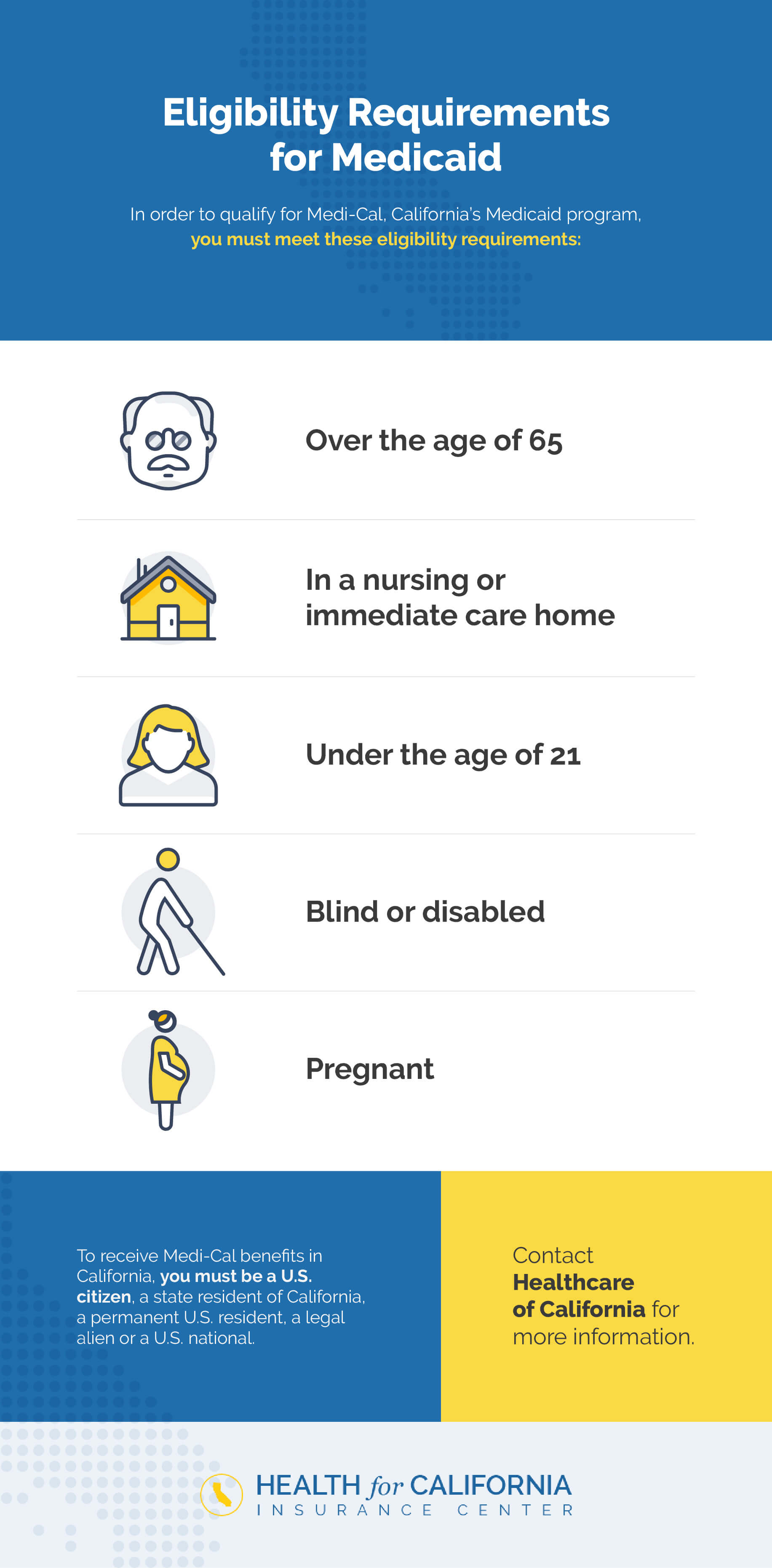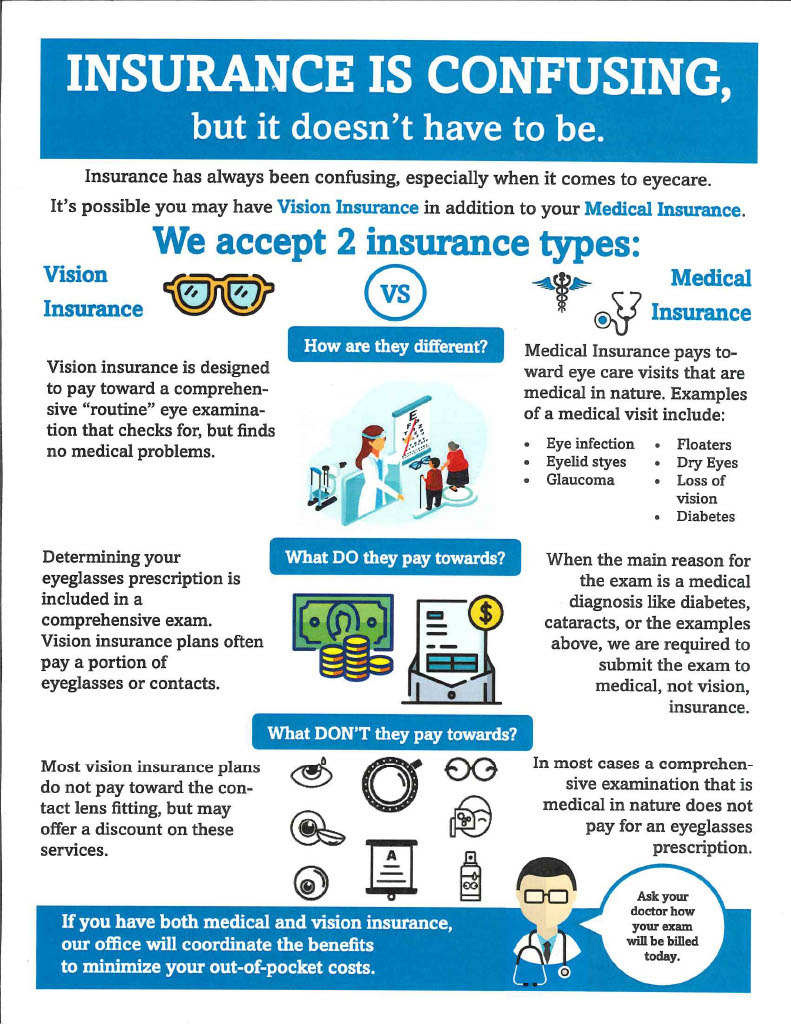Medicare Advantage Agent Fundamentals Explained
Medicare Advantage Agent Fundamentals Explained
Blog Article
Some Ideas on Medicare Advantage Agent You Need To Know
Table of ContentsNot known Details About Medicare Advantage Agent Get This Report about Medicare Advantage AgentThe Ultimate Guide To Medicare Advantage Agent

adheres to from perplexing the fairly young age account of the uninsured with the better health and wellness, on standard, of more youthful persons. This obscures the link in between health status and health insurance policy. For those without access to work environment medical insurance, poor health is a possible barrier to buying nongroup protection since such coverage might be highly valued, exclude preexisting conditions, or be simply unavailable. The number of uninsured Americans is not specifically big and has actually not transformed in recent years. 7 out of 10 respondents in an across the country depictive survey thought that fewer Americans lacked medical insurance than really do(Fronstin, 1998). Roughly fifty percent(47 percent )thought that the number of people without medical insurance lowered or stayed constant over the last half of the last decade(Blendon et al., 1999). This decrease of nearly 2 million in the variety of individuals 'without insurance (a decrease
of around 4 percent)is absolutely a positive change. With a softer economic situation in 2000 the newest reported gains in insurance policy coverage may not continue(Fronstin, 2001 ). The decrease in the number of without insurance will not proceed if the economic situation remains sluggish and wellness care prices proceed to exceed inflation. This is because the information were gathered for a duration of strong financial performance. Of the estimated 42 million individuals who were without insurance, all yet regarding 420,000(regarding 1 percent)were under 65 years of age, the age at which most Americans end up being eligible for Medicare; 32 million were grownups between ages 18 and 65, about 19 percent of all adults in this age; and 10 million were children under 18 years old, about 13.9 percent of all kids (Mills, 2000). These estimates of the variety of persons without insurance are generated from the yearly March Supplement to the Existing Population Survey (CPS), conducted by the Census Bureau. Unless or else noted, national quotes of individuals without medical insurance and proportions of the population with different type of protection are based upon the CPS, one of the most widely made use of source of quotes of insurance protection and uninsurance rates. These surveys and the quotes they produce are described briefly in Table B. 1 in Appendix B - Medicare Advantage Agent. These studies vary in size and tasting approaches, the questions that are asked concerning insurance
The Medicare Advantage Agent Ideas
insurance coverage, and the moment duration over which insurance policy protection or uninsurance is measured(Lewis et al., 1998, Fronstin, 2000a ). Still, the CPS is particularly beneficial since it generates annual price quotes fairly rapidly, reporting the previous year's insurance policy protection approximates each September, and since it is the basis for a regular set of price quotes for greater than twenty years, permitting for analysis of trends in insurance coverage with time.

Some Known Details About Medicare Advantage Agent
Over a three-year duration beginning early in 1993, 72 million individuals, 29 percent of the united state populace, lacked protection for at the very least one month. Within a single year(1994), 53 million individuals experienced at the very least a month without protection(Bennefield, 1998a). Six out of every ten uninsured adults are themselves employed. Working does boost the likelihood that one and one's family members will have insurance coverage, it is not a guarantee. Also participants of households with two full time breadwinner have virtually a one-in-ten possibility of being without insurance (9.1 percent without insurance price)(Hoffman and Pohl, 2000 ). The partnership in between wellness insurance policy and accessibility to care is well developed, as documented later in this chapter. Although the partnership in between medical insurance and health results is neither straight nor simple, an extensive professional and wellness solutions research literature web links medical insurance protection
to enhanced accessibility to care, better quality, additional info and boosted individual and populace wellness standing. As an example, the second record, on personal health results for without insurance adults, is stood for by the innermost circle of the figure, while the 3rd report, on family members wellness, encompasses the subjects of the 2nd report however emphasizes a various unit of analysis, namely, the household. The sixth record in the collection will present information concerning methods and initiatives undertaken in your area, statewide, or country wide to deal with the lack of insurance coverage and its unfavorable impacts. Levels of analysis for analyzing the results of uninsurance. This discussion of wellness insurance policy coverage focuses primarily on the U.S. population under age 65 due to the fact that basically all Americans 65 and older have Medicare or other public protection.
Moreover, it focuses specifically on those without any health insurance for any kind of length of time. The issues dealt with by the underinsured remain in some aspects comparable to those faced by the without insurance, although they are normally less severe. Uninsurance and underinsurance, nevertheless, include clearly different plan concerns, and the strategies for addressing them might differ. Throughout this research and the five reports to follow, the major emphasis gets on individuals without medical insurance and hence no help in paying for health and wellness care beyond what is available through charity and security internet organizations. Medical insurance is a powerful factor affecting receipt directory of care because both patients and medical professionals react to the out-of-pocket cost of services. Medical insurance, however, is neither needed neither sufficient to gain accessibility to medical services. The independent and straight impact of wellness
insurance coverage protection access accessibility health wellness is well established. Others will certainly obtain the healthcare they need even without health and wellness insurance policy, by paying for it out of pocket or seeking it from providers that use care free or at extremely subsidized rates. For still others, health and wellness insurance policy alone does not make sure invoice of treatment due to other nonfinancial barriers, such as an absence of healthcare service providers in their area, minimal accessibility to transportation, illiteracy, or etymological and social differences. Formal research concerning uninsured populations in the United States dates to the late 1920s and early 1930s when the Board on the Price of Treatment created a collection of records about financing medical professional workplace check outs and hospital stays. This concern came to be significant as the varieties of medically indigent climbed up during the Great Anxiety. Empirical researches regularly sustain the link in between accessibility to care and boosted health outcomes(Bindman et al., 1995; Starfield, 1995 ). Having a regular resource of treatment can be taken into consideration a forecaster of accessibility, instead than a direct action of it, when health and wellness results are themselves made use of as accessibility indications. This expansion of the idea of access dimension was made by the IOM Committee on Keeping Track Of Accessibility to Personal Health And Wellness Care Solutions(Millman, 1993, p. Whether or not parents are insured shows up to influence whether their youngsters get treatment as well as just how much careeven if the youngsters themselves have coverage(Hanson, 1998). The health and wellness of moms and dads can influence their capability to look after their youngsters and the level of household anxiety. Fretting about their youngsters's access to care is itself a resource of stress for moms and dads. Three phases follow in this report. Chapter 2 gives a review of exactly how employment-based medical insurance, public programs and specific insurance policies run and communicate to provide extensive yet incomplete protection of the united state populace. This consists of a testimonial of historical fads and public policies impacting both public and personal insurance policy, a discussion of the communications amongst the various kinds of insurance coverage, and an exam of why individuals relocate from one program to one more or wind up

Report this page